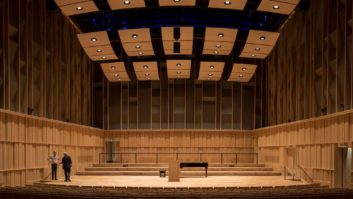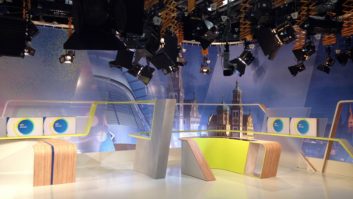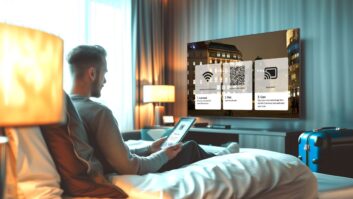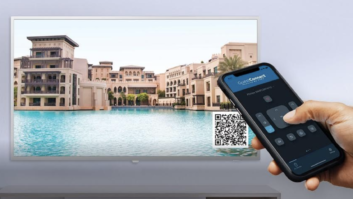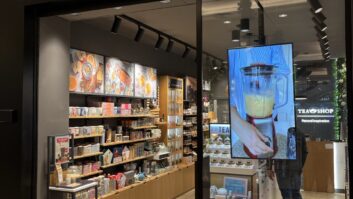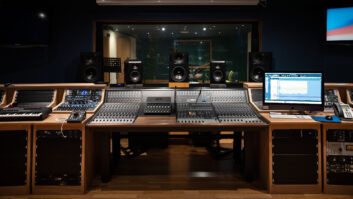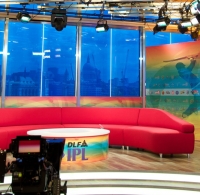
When Daybreak, a UK TV breakfast show, was launching at the end of last year, it wanted to do so with a flourish. Not only did the station spend a great deal of money enticing stars from other channels, but they knew the studio needed to look great.
The studio, on the south bank of London’s River Thames, would have windows on three sides, and be facing the iconic St Paul’s Cathedral. In winter time, when it first comes on air at 6am, it will be dark, gradually getting brighter until there would potentially be full sunlight streaming through the windows by the end of the programme at 9:25.
Lighting director Matt Carter looked to technology to solve the lighting problems that presented. Employing Stage Electrics, he first had £130,000 (around €148,500) worth of dimmable 2.5m high glass windows installed, which, when attached to an ETC Paradigm control system, automatically varies the ambient light levels. “We installed an ETC Paradigm dimming system with daylight harvesting sensors on the outside of the building, which monitor the sunlight falling on each section of glass,” explained Stage Electrics’ project manager Chris Patton. “The system then dynamically adjusts the tint to balance the amount of ambient light in the studio. For manual operation, we installed touch screen panels in the studio and the control room and finally linked the whole system into the ETC lighting network to allow the SmartGlass to be controlled from the Congo jr lighting desk.”
Carter had the entire existing lighting rig ripped out and new kit brought in. “Jeremy Roberts, ETC’s associate regional manager for UK & Ireland, brought a Selador Vivid-R LED fixture and a traditional 1.2k HMI lamp and we did a shoot-out,” he said “To our surprise, the Selador was brighter. We didn’t believe it, so we turned everything off and had another go – and, true enough, the Selador was definitely out-performing the HMI.”
“We ended up installing around 70 Selador fixtures, comprising about 95% of our rig,” continued Patton. “We only use the tungsten for when we want something for live music acts, which take place on a small stage at one end of the studio. I was given a blank canvas by the producers, who felt that, with a projected life span of 15 years or more, we should only have the very best lighting. The Seladors allow me to mix the incoming natural light with the studio lighting perfectly, and because of the range of colours the fixtures output, we know that the white balance will always be perfect. These were the only lights that we’re aware of that have such impressive brightness and saturation.”
Because Daybreak hires its studio from the London Television Studio complex, the producers never see the cost savings. “However,” Carter said, “we used to use 360A continuously throughout the three hour show. Now we just use 67A for the entire rig. Of course, the knock-on effect from this is less heat and less weight.”
